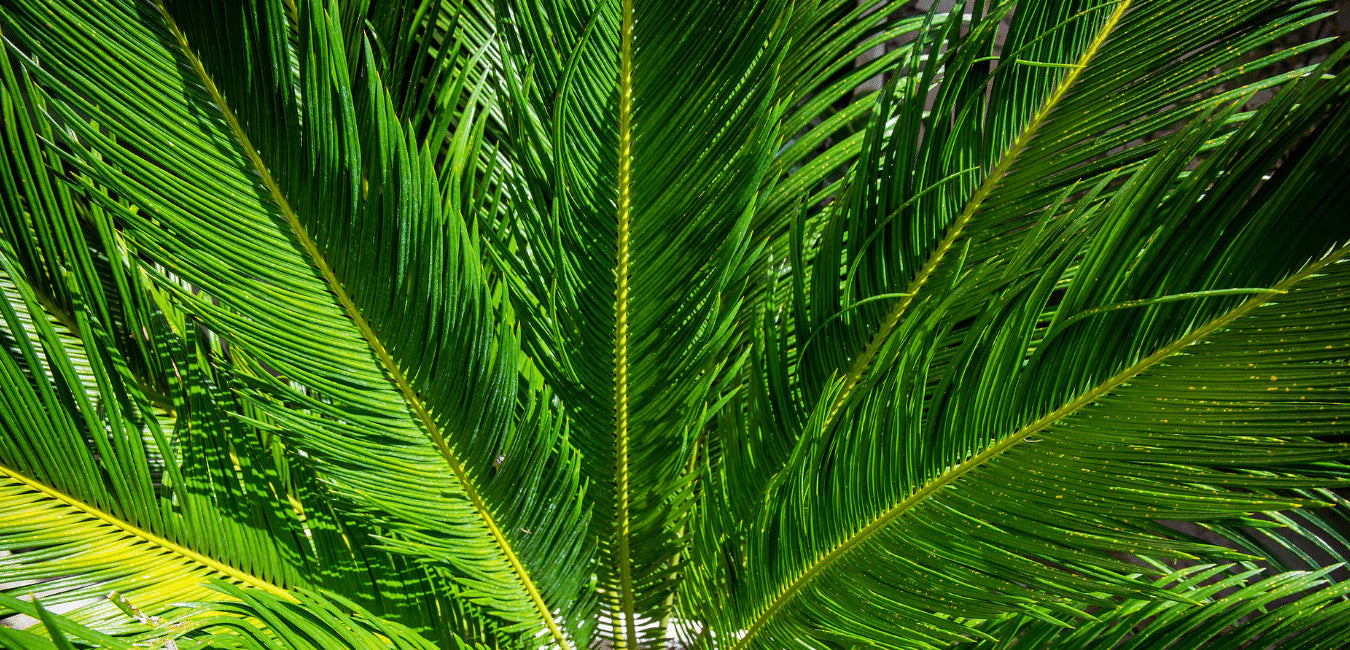Being a truly ancient lineage of plants, Cycas plants add a whole new dimension to the meaning of “bringing nature indoors". Its unique look and history will fit into any space while bringing a tropical vibe.

CYCAS
Varieties from our listing
Interested to buy a plant from this group?
See what we have available HERE
Below is a general care guide for Cycas plants which can slightly differ depending on variety.
Light & Temperature
As Cycas are tropical plants, they thrive best in partial shade to bright indirect light. Make sure that there is exposure to bright light to keep your Cycas healthy. Long exposure to direct sun may burn its fronds.
Cycas prefer warm temperatures, so choose an area for them away from air vents and drafts.
Watering, Humidity & Misting
Cycas does not respond well to overwatering, so make sure that the soil is not consistently moist. Allow the soil to dry out at least half before watering again. Always err on the side of underwatering when there is doubt.
Being a tropical rainforest plant, Cycas appreciate high humidity. To boost humidity, mist the plant frequently, or you can also set up a tray with water and pebbles or a humidifier.
Soil and Repotting
Cycas prefer rich, well-draining soil that still retains some moisture.
As Cycas are slower growers, they will only need repotting once every three years, or when the plant is out-growing the pot.
Propagation
Propagating Cycas are typically done through seeds. However, this process can be time-consuming and ineffective.
Another way to propagate Cycas is through division. Often times, Sago Palms send up clusters of new growth around its base. Simply remove the baby plants from the parent with sharp pruners, leaving as much roots attached as possible. Place the cuttings in shade for a few days for the cut to heal over before potting them in the same medium as its parent.
Fertiliser
Use a balanced fertiliser formulated for houseplants. Follow directions on the label of plant food.
Toxicity
Cycas are highly toxic if ingested and should be kept out of the reach of children and pets. The seed (nuts) are the most toxic part.
Possible Issues
Under the right care and conditions, your plant will grow happy and healthy. But here are some issues you may encounter while caring for a Cycas:
Scale, mealybugs and spider mites - When spotted, wipe the leaves with a soft cloth or warm, soapy water.
Yellowing leaves - This is usually a sign of nutrient deficiency. However, in some cases it can also be a sign of overwatering or the presence of pests.


- Regular Price
- from $30.00
- Sale Price
- from $30.00
- Regular Price
- Unit Price
- per


- Regular Price
- from $58.00
- Sale Price
- from $58.00
- Regular Price
- Unit Price
- per